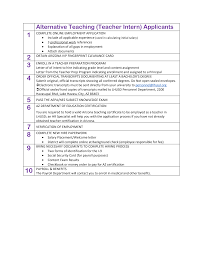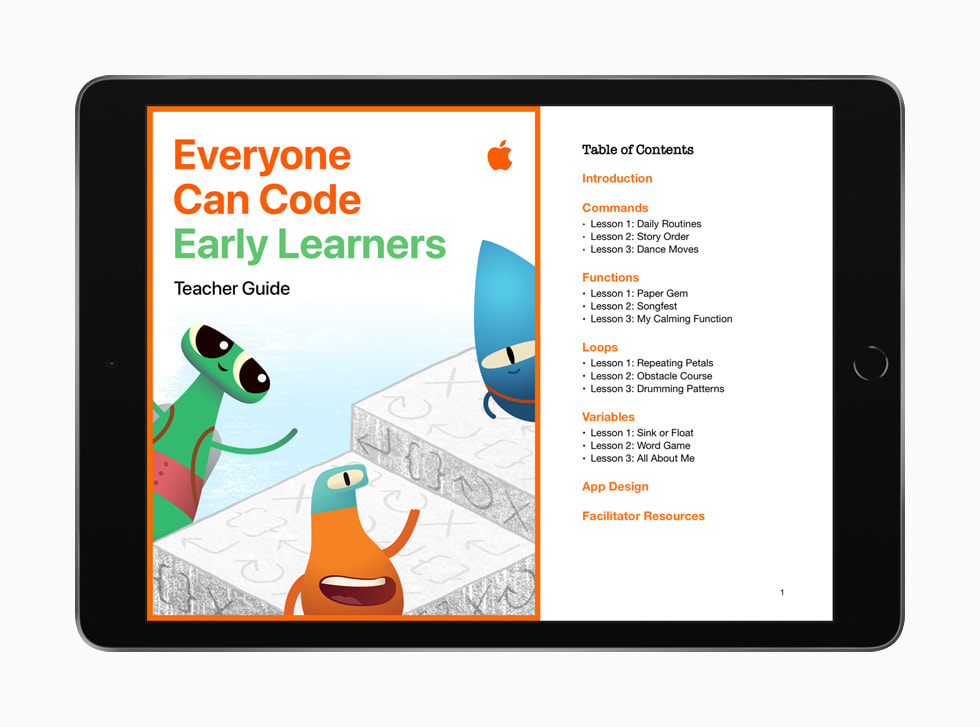
Knowing your eligibility for financial aid is important. Although there are many factors that influence the amount of financial help you receive, there is a set of rules that all recipients must follow. These include fulfilling general eligibility requirements as well as Satisfactory Academic Progress standards. In addition, you must submit a FAFSA every year to remain eligible for federal aid.
Calculating your financial aid package
Calculating your financial aid package is an essential part of preparing for college. Although financial aid has many benefits, it is important to understand which programs will be most beneficial to you. The letter describing your financial aid award will include information about how much you can expect. This includes federal loans as well as other forms of funding. These letters will also provide information on your repayment options.
Calculate your family's contribution to the total cost of your education. To estimate your family's obligation, you can use the Princeton net cost calculator. The calculator assumes your family lives in Canada and the United States. It's not meant to be used for students of other countries. Secondly, you should understand that the result of the calculator is not a guarantee of the aid award. It is only a guideline, based upon Princeton's aid practices. The aid office will determine the actual award.

Complete the FAFSA
FAFSA is the first step toward financial aid. Most grant programs require it. This is the first step in applying for student loans. You can fill out the FAFSA online or through the FAFSA mobile app. The FAFSA is free and you won't have to pay any fees.
To fill out the FAFSA, you need to gather documents and information that can be used to determine how much you can afford to pay for college. You should also have your social security number and date of birth ready. Once you have this information, choose which form applies to the period that you'll be attending school. You can find the deadlines for different time periods by visiting the FAFSA website. For example, if you plan to attend school for two different time periods, you should fill out the first FAFSA form and use the second one for the second.
Understanding the formula
It is important to remember that the financial aid formula does not take into account your income. The formula takes your Expected Family Contribution and subtracts it from the cost for attending COA. The more you earn, the more financial assistance you will be eligible to receive.
Your EFC, or family's ability to afford college, is determined using a chart. This figure is the amount colleges believe you can afford college. The COA is your total cost of living after subtracting financial aid.

Strategies for tax-sheltering that lower eligibility for financial aid
Setting up a child-name contingency fund is a way to avoid getting turned down for financial aid. In the event of an unforeseen circumstance, you will need to have at least six months' salary. In most cases, this fund should be divided between all family members enrolled at college.
You can invest in savings bonds and regular taxable accounts. This will have less impact on your child's eligibility than UGMA/UTGA custodial accounts. Be aware that the award year is not the base year. The value of your child’s assets will be determined.
FAQ
What is early education for children?
Early Childhood Education is a profession that aims to help children become happy, healthy adults. It covers everything, from teaching them to read to preparing them to go to kindergarten.
Early childhood education aims to help children learn and grow through age-appropriate experiences.
Many early childhood educators are called upon to evaluate the developmental needs of every child they meet. This assessment helps determine whether a particular program would benefit each individual child.
Early childhood programs also provide opportunities for parents to interact with teachers and other professionals who have experience working with young children.
Early childhood education also requires parents to play a significant role. They need to be able to provide guidance and support for their children, and they must also know how to care for them properly.
Parents are also welcome to participate in activities to help their children learn skills they will use throughout their lives.
Although the term preschool education is often used to refer to early childhood education, it can also be used interchangeably for daycare centers. Prekindergarten education starts around three years ago, and early childhood education is similar.
What does it take to be a teacher early childhood?
First, you must decide if early childhood education is what you want to pursue. A bachelor's degree is required if you are interested in a career as an early childhood educator. Some states require students hold a master's degree.
You'll likely have to take classes during the summer. These courses are about pedagogy, the art of teaching, and curriculum development.
Many colleges offer associate degrees that can lead to teaching certificates.
Some schools offer certificates, while others offer bachelor's and master's degrees. However, some schools only offer diplomas.
Additional training may not be necessary if you intend to teach at home.
How do I select my major?
Students choose their majors depending on their interests. Students may choose to major in the subject they are most passionate about because it is easier than learning something else. Some people want to work in a field that has no job opportunities. Others decide to major because they want to earn money while studying. No matter your reasons for choosing a major, you should consider the type of job that you might be interested in after you graduate.
There are many ways to get information about different fields of study. Talk to your family and friends about their experiences. Look through newspapers and magazines to find out what careers are available. Talk with a guidance counselor at your high school to ask about possible careers. Visit Career Services in your local library. Check out books related to various topics at your library. Use the Internet to find websites related to particular careers.
Statistics
- Globally, in 2008, around 89% of children aged six to twelve were enrolled in primary education, and this proportion was rising. (en.wikipedia.org)
- Think of the rhetorical power of nineteenth-century abolitionist Harriet Beecher Stowe, Martin Luther King, Jr., or Occupy Wall Street activists with their rallying cry of “we are the 99 percent.” (bostonreview.net)
- These institutions can vary according to different contexts.[83] (en.wikipedia.org)
- And, within ten years of graduation, 44.1 percent of 1993 humanities graduates had written to public officials, compared to 30.1 percent of STEM majors. (bostonreview.net)
- In most developed countries, a high proportion of the population (up to 50%) now enters higher education at some time in their lives. (en.wikipedia.org)
External Links
How To
How do I enroll in homeschooling?
Homeschooling involves the teaching of subjects to children through a variety of methods including reading books, watching videos, exercising, and listening to music. This method of learning is thought to be one of the best because it allows students to learn at their own pace and to develop skills such problem-solving skills, creativity, self discipline, communication, as well as social skills.
Nowadays, it is common to see parents who wish to educate their children at-home. This is especially true for parents who work full time and don't have the time to spend with their children. They have the option of homeschooling which allows them to put their energies into their children's education without needing to worry about someone taking care of them at work.
Homeschooling has many benefits. They can develop their ability to think critically and create, increase their knowledge, improve their language skills, develop their identity, become independent learners and have greater control over their lives than if they were in school.
Homeschooling has one main goal: to give quality education to children in order to help them become successful adults. Before you begin homeschooling, you will need to meet some requirements. This includes determining whether your child qualifies to attend private or public schools. The type of curriculum that you choose to use for homeschooling is an important consideration. You have many options when it comes to curricula online. These can be customized to suit your needs, budget and level of expertise. There are many options, including Waldorf, Montessori, Waldorf and Reggio Emilia. Charlotte Mason, unschooling and natural learning. You must also ensure that you have all the resources necessary to educate your child before you start homeschooling. This includes buying textbooks, educational materials and computers. These items are available online and in your local store.
After you have completed the above steps, the next step is to register as a homeschooling parents. It is best to ask your state education department for help. They will help with the forms and give you advice on how you can start homeschooling.